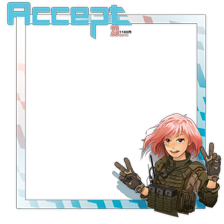安裝 Steam
登入
|
語言
簡體中文
日本語(日文)
한국어(韓文)
ไทย(泰文)
Български(保加利亞文)
Čeština(捷克文)
Dansk(丹麥文)
Deutsch(德文)
English(英文)
Español - España(西班牙文 - 西班牙)
Español - Latinoamérica(西班牙文 - 拉丁美洲)
Ελληνικά(希臘文)
Français(法文)
Italiano(義大利文)
Bahasa Indonesia(印尼語)
Magyar(匈牙利文)
Nederlands(荷蘭文)
Norsk(挪威文)
Polski(波蘭文)
Português(葡萄牙文 - 葡萄牙)
Português - Brasil(葡萄牙文 - 巴西)
Română(羅馬尼亞文)
Русский(俄文)
Suomi(芬蘭文)
Svenska(瑞典文)
Türkçe(土耳其文)
tiếng Việt(越南文)
Українська(烏克蘭文)
回報翻譯問題


 Amman, Jordan
Amman, Jordan 













.,,..;~`'''' `''''<``彡 }
_...:=,`' ︵ т ︵ X彡-J
<` 彡 / ミ ,_人_. *彡 `~
`~=:: Y
i. .:
.\ ,。---.,, ./
ヽ /゙''```\;.{ \/
Y `J..r_.彳 |
{ `` ` i
\ \ ..︵︵.
`\ ``ゞ.,/` oQ o`)
`i, Y ω /
`i, . " /
`iミ ,,ノ
︵Y..︵.,, ,,+..__ノ``
(,`, З о ,.ノ
ゞ_,,,....彡彡~
In the earlier epochs of history, we find almost everywhere a complicated arrangement of society into various orders, a manifold gradation of social rank. In ancient Rome we have patricians, knights, plebeians, slaves; in the Middle Ages, feudal lords, vassals, guild-masters, journeymen, apprentices, serfs; in almost all of these classes, again, subordinate gradations.
The modern bourgeois society that has sprouted from the ruins of feudal society has not done away with class antagonisms. It has but established new classes, new conditions of oppression, new forms of struggle in place of the old ones.